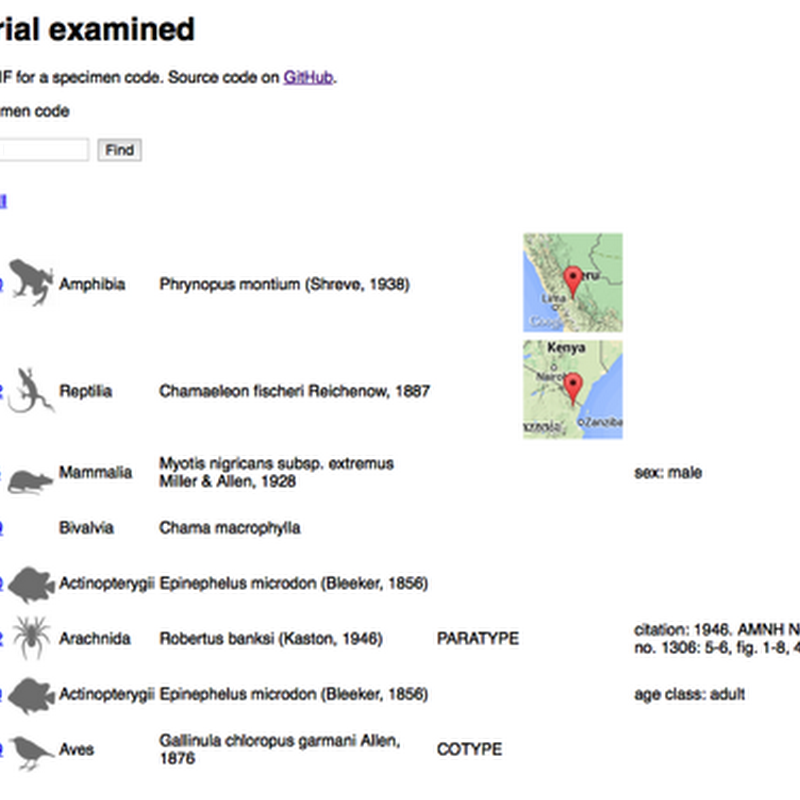
In a recent Twitter conversation including David Shorthous and myself (and other poor souls who got dragged in) we discussed how to demonstrate that adopting JSON-LD as a simple linked-data friendly format might help bootstrap the long awaited "biodiversity knowledge graph" (see below for some suggestions for keeping JSON-LD simple). David suggests partnering with "Three small, early adopting projects". I disagree.



